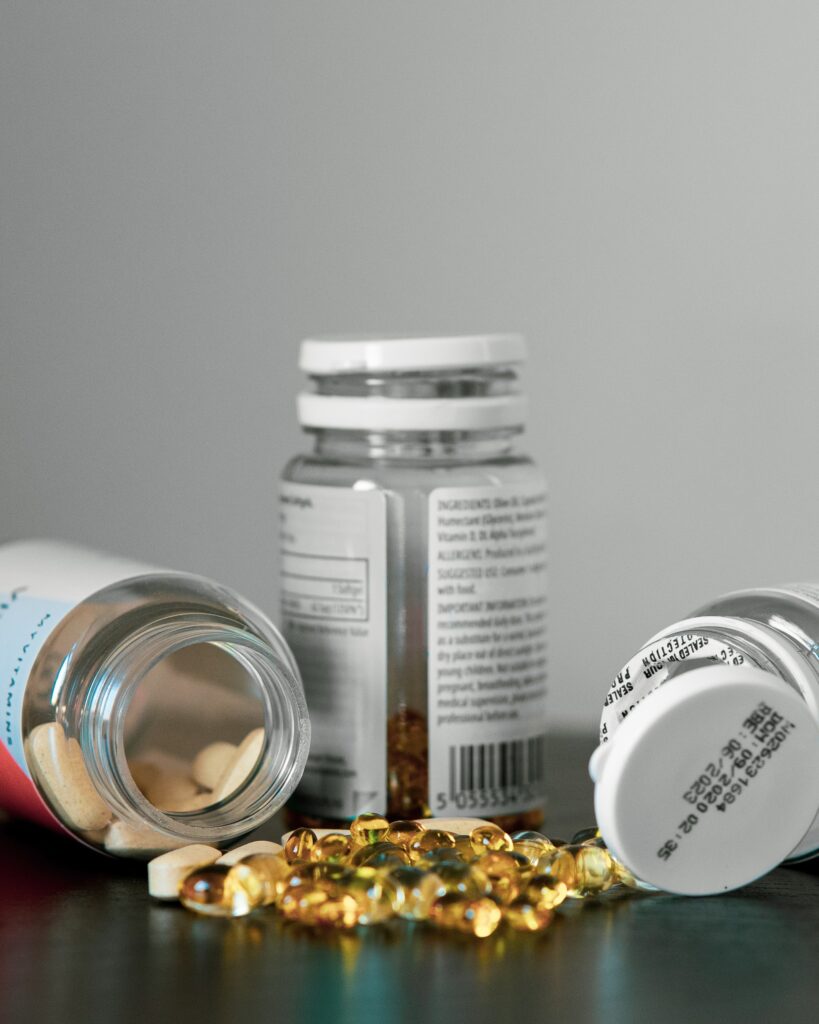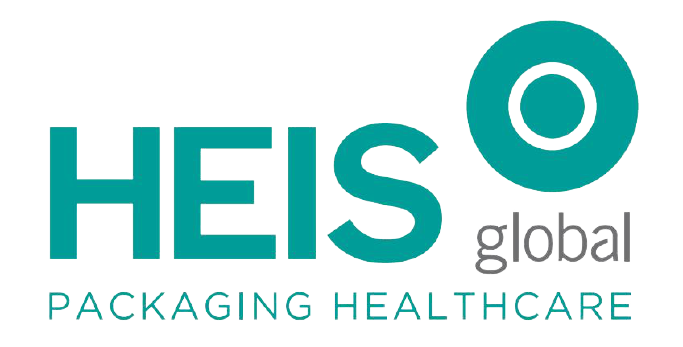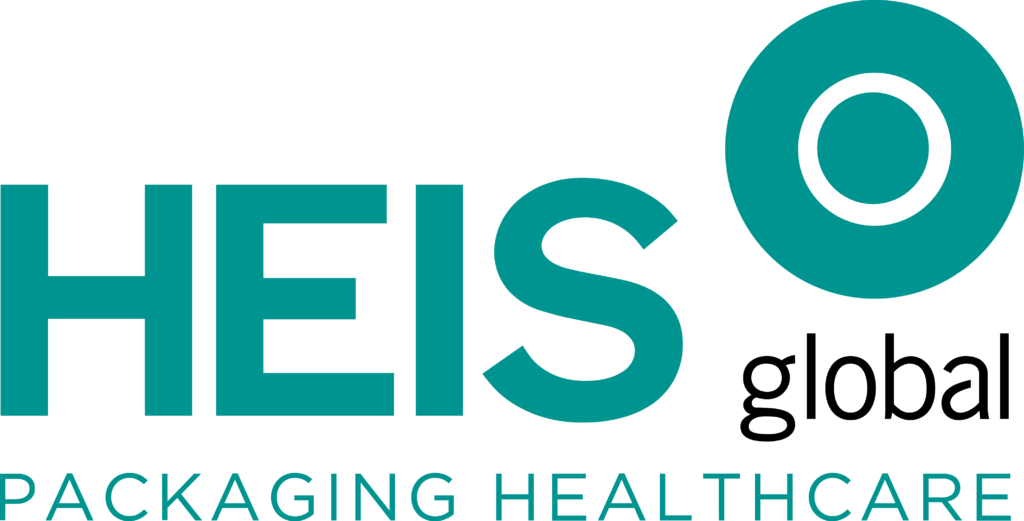
In recent years, the pharmaceutical and nutraceutical industries have been increasingly prioritizing sustainability in their operations. One notable area of focus is packaging, where the use of recycled materials and adherence to stringent standards, such as those set by the British Retail Consortium (BRC), are becoming paramount. This article delves into the significance of Recycled PET (rPET) and BRC packaging manufacturing within these industries, exploring the benefits, challenges, and the future of sustainable packaging.
Recycled PET (rPET) in Pharmaceuticals:
Polyethylene terephthalate (PET) is a widely used material for packaging, known for its durability and versatility. Recycled PET, or rPET, is derived from post-consumer recycled plastic, contributing to the circular economy by reducing reliance on virgin materials. In pharmaceutical packaging, the adoption of rPET brings about several advantages.
- Environmental Impact:
- Utilizing rPET reduces the demand for new plastic production, curbing the depletion of natural resources.
- Recycling PET consumes less energy compared to producing new PET, leading to a lower carbon footprint.
- Regulatory Compliance:
- Governments and regulatory bodies are increasingly promoting the use of recycled materials to meet environmental goals.
- Pharmaceutical companies adhering to these regulations not only contribute to sustainability but also enhance their corporate social responsibility (CSR) image.
- Brand Image and Consumer Perception:
- Embracing sustainable packaging aligns with the growing eco-consciousness of consumers, fostering a positive brand image.
- Consumers are becoming more inclined to support companies that prioritize environmental responsibility, potentially increasing brand loyalty.
BRC Packaging Standards in Pharmaceuticals:
The British Retail Consortium (BRC) has established globally recognized standards for packaging, including those used in the pharmaceutical industry. Compliance with BRC standards ensures the safety, quality, and legality of packaging materials, emphasizing traceability and risk management.
- Product Safety:
- BRC standards address the need for secure and safe packaging in the pharmaceutical and nutraceutical sectors.
- Stringent requirements for hygiene and cleanliness help prevent contamination and ensure the integrity of the products.
- Supply Chain Confidence:
- BRC certification fosters confidence in the supply chain by setting clear expectations for packaging quality and consistency.
- Suppliers adhering to these standards provide pharmaceutical companies with assurance regarding the reliability of their packaging materials.
- Global Market Access:
- BRC certification is recognized internationally, facilitating market access for pharmaceutical companies seeking to expand globally.
- Meeting these standards enhances the competitiveness of products in the international market.
Challenges and Future Outlook:
While the adoption of rPET and adherence to BRC standards offer numerous benefits, challenges exist. These include the need for technology advancements in recycling processes, overcoming cost barriers, and ensuring a seamless transition from traditional packaging materials.
The future of sustainable packaging in pharmaceuticals and nutraceuticals lies in continuous innovation. Research and development efforts are directed towards improving recycling technologies, exploring alternative materials, and optimizing supply chains for maximum efficiency.
Conclusion:
The integration of Recycled PET and BRC packaging standards in the pharmaceutical and nutraceutical industries represents a significant step towards sustainability. By embracing these practices, companies not only contribute to environmental conservation but also enhance their brand reputation and ensure the safety and quality of their products. As the demand for eco-friendly solutions continues to rise, the synergy between recycled materials and stringent packaging standards will play a pivotal role in shaping the future of packaging in these vital industries.


